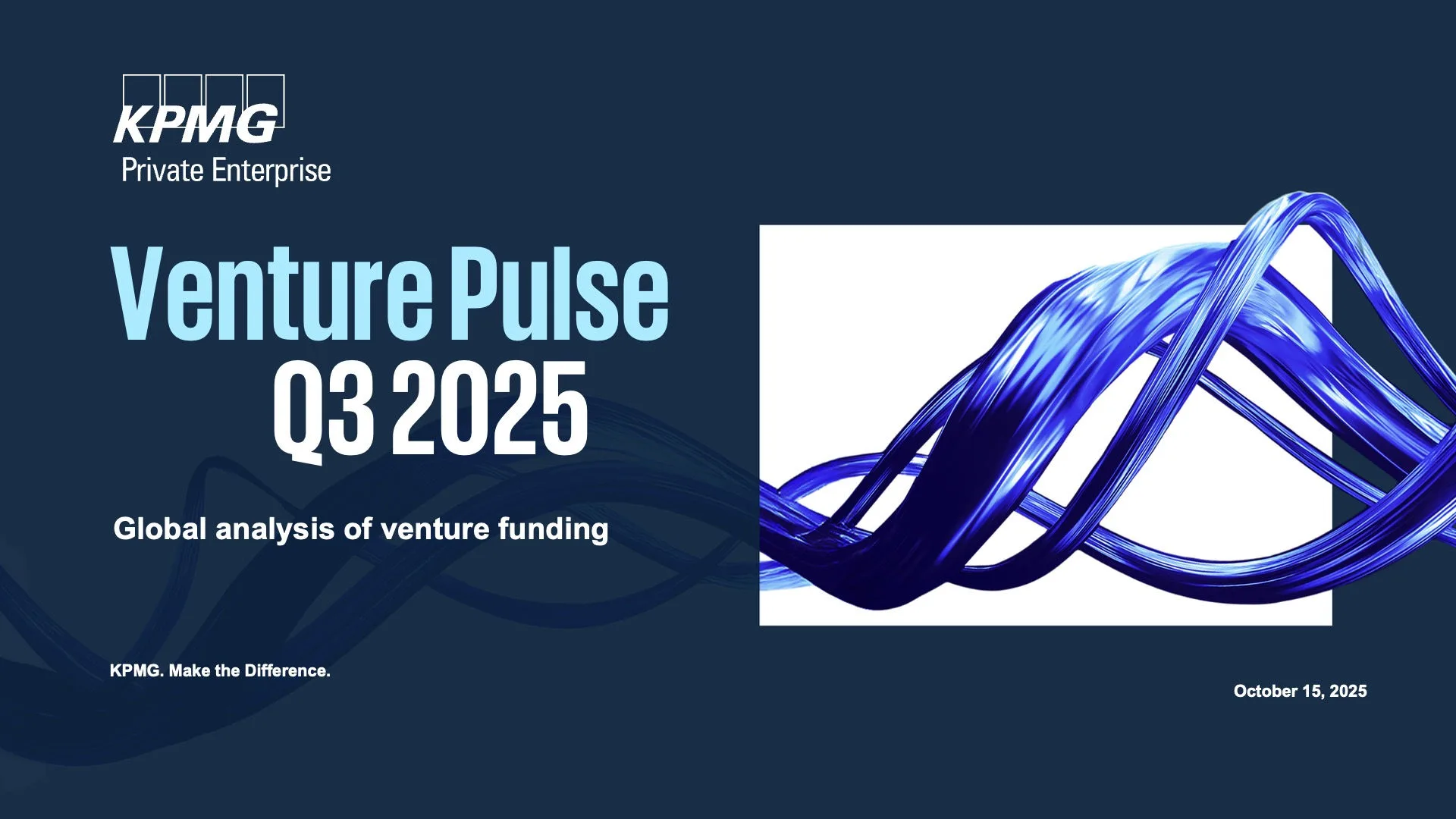VC investment in Asia remained subdued in Q3’25, constrained by ongoing geopolitical and trade tensions, uncertainty in China’s macroeconomic environment, and the absence of major megadeals across the region. Total investment reached $16.8 billion, only slightly above Q2 levels but still well below historic norms.
China accounted for roughly half of regional deal value, with $8.4 billion invested, representing a modest rebound from the record-low seen in Q2. Nevertheless, Q3 marked one of China’s weakest quarters in years, reflecting persistent caution among investors.
The largest deals in Asia during the quarter were concentrated in China, led by a $462 million raise by FAW Bestune, followed by $348 million for GLP and $335 million for Galactic Energy. While notable, these rounds were far smaller than the multi-billion-dollar raises seen in other regions, highlighting the continued gap in scale between Asia and its global peers.








